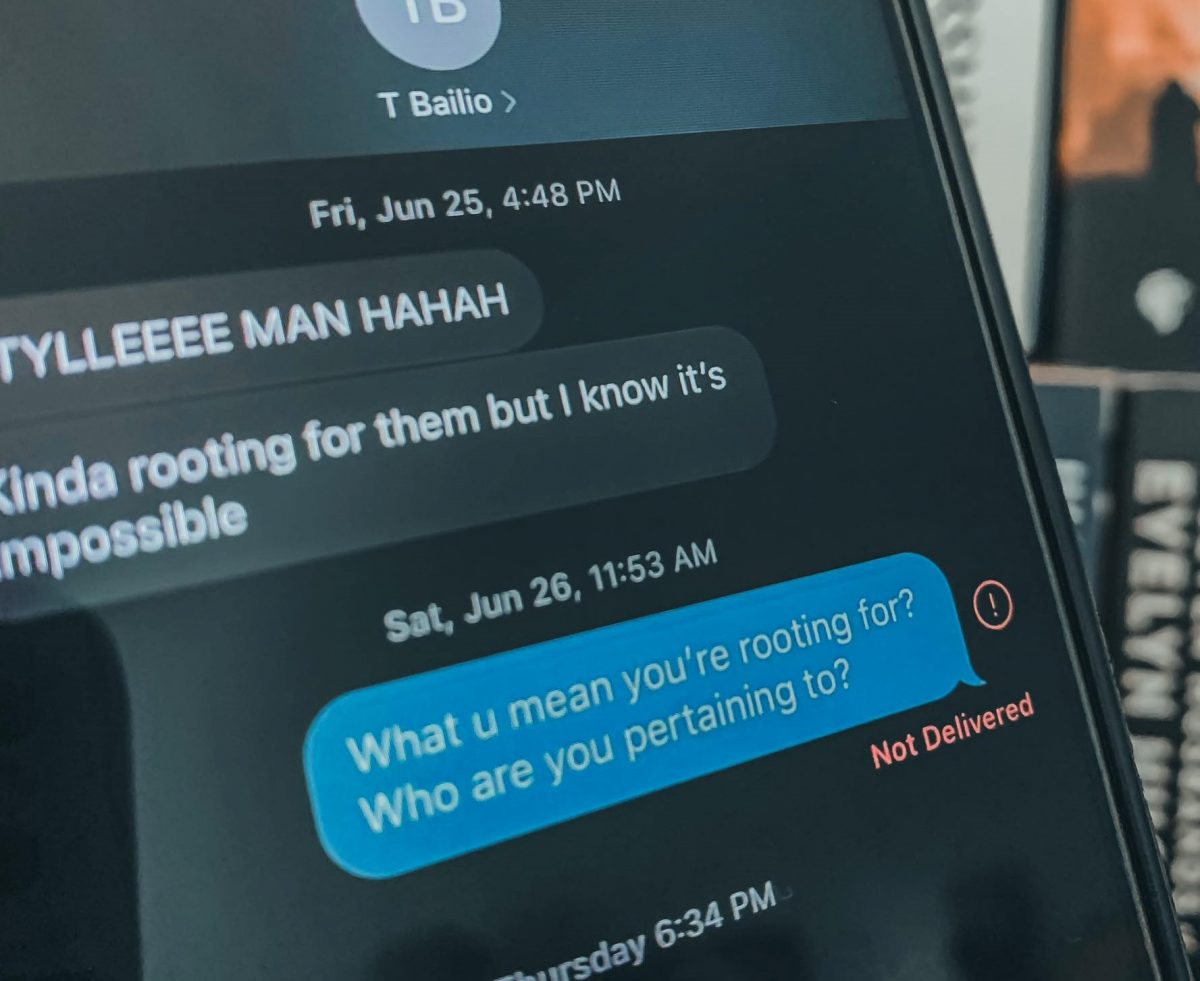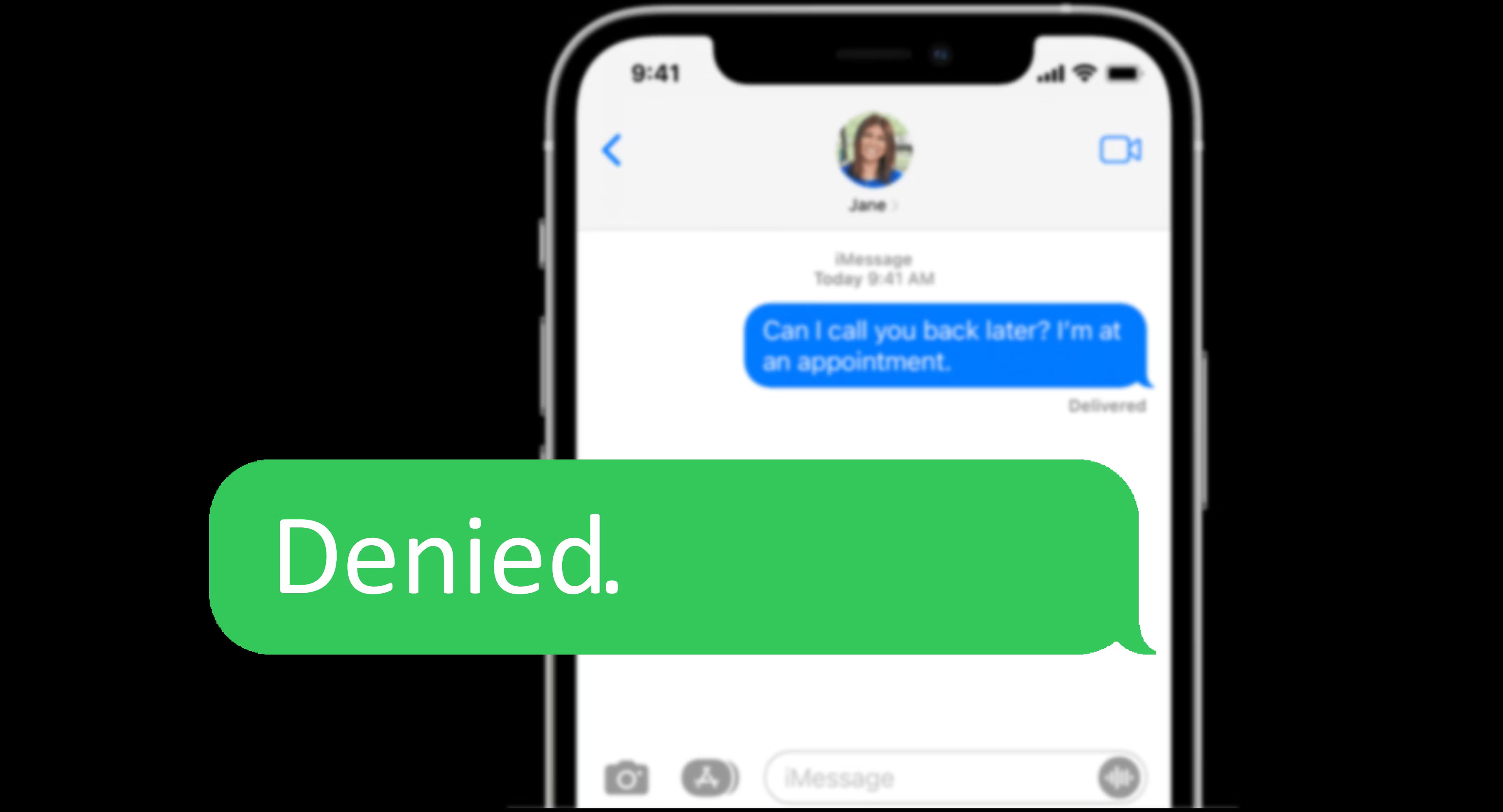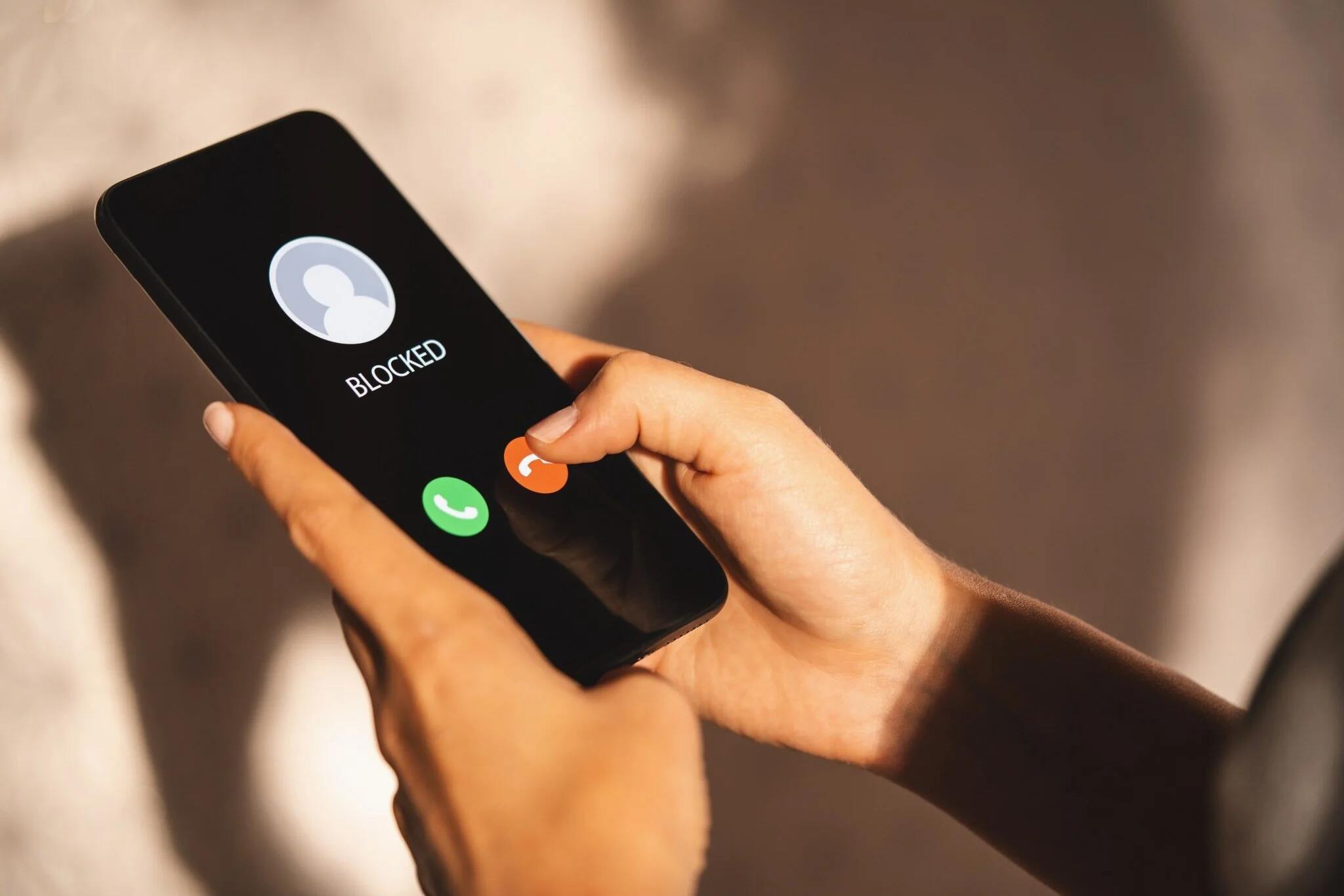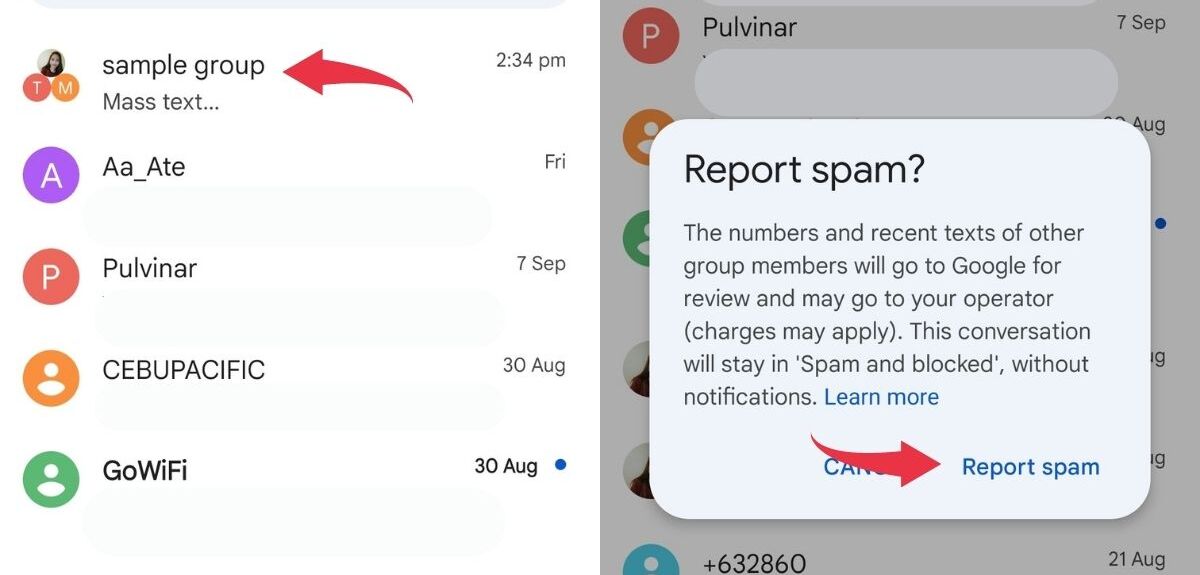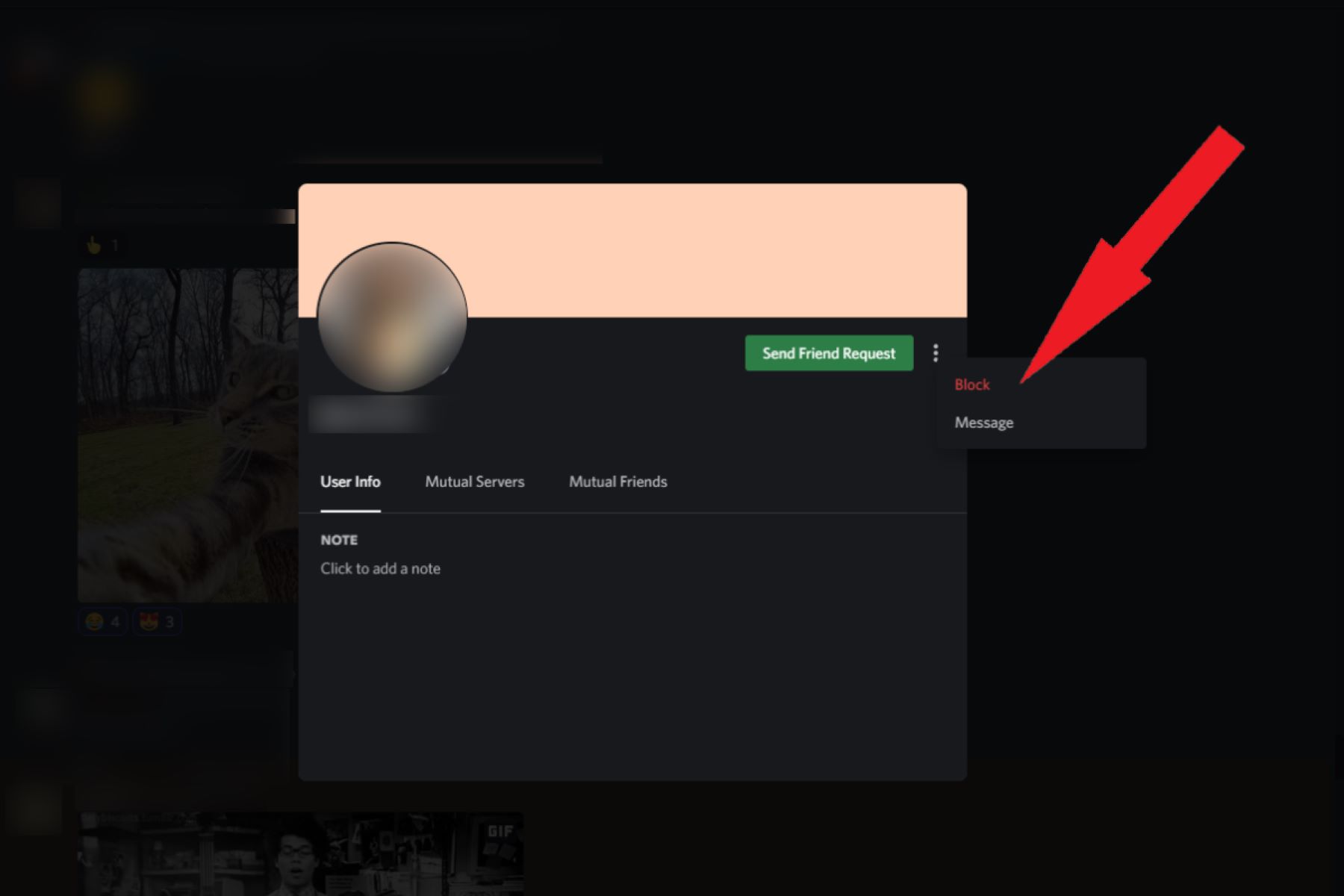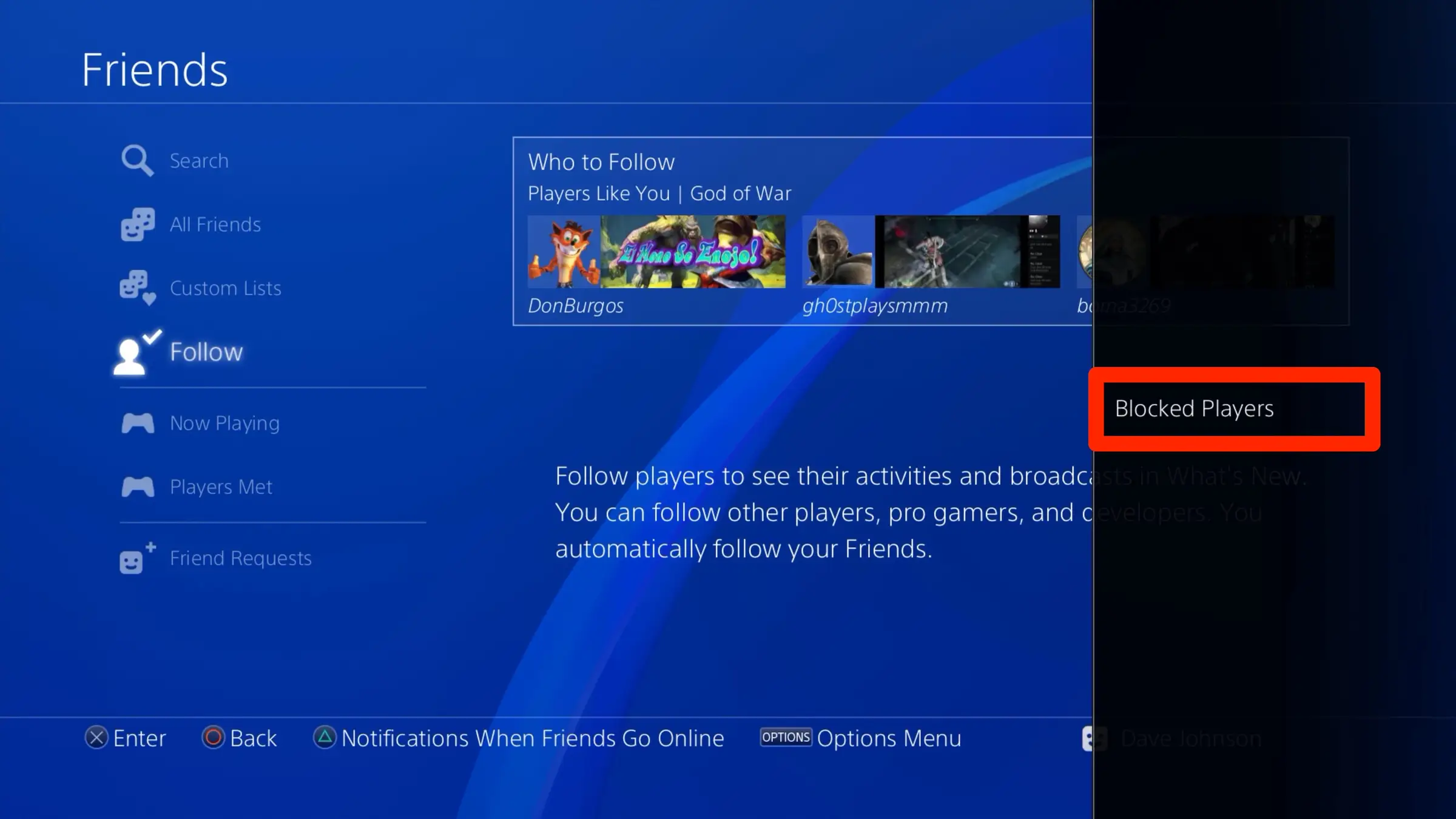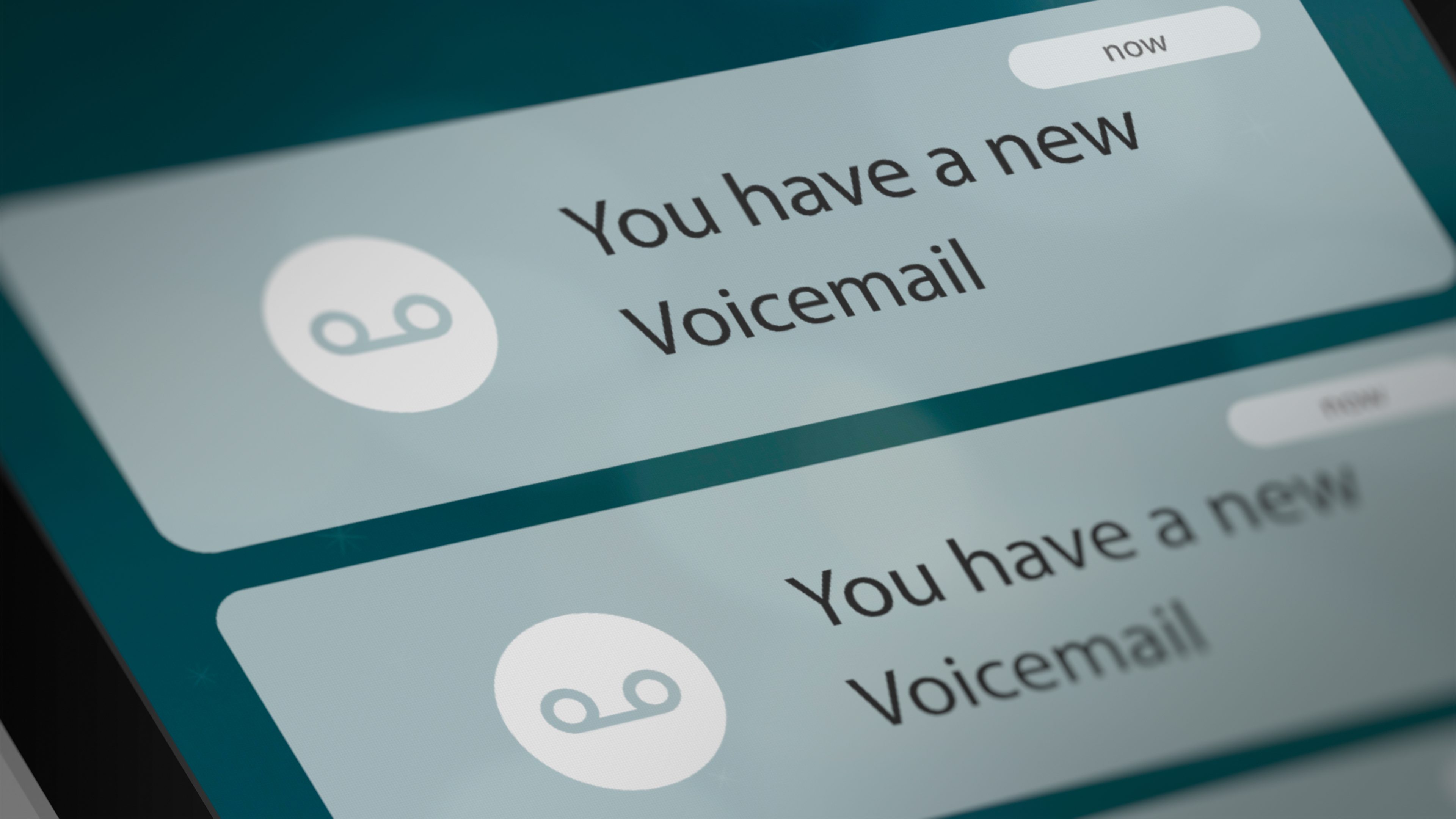Introduction
Communication through text messages is a common method of staying connected in today’s digital age. However, have you ever wondered if someone has purposely blocked your text messages on your Android device? It can be frustrating and confusing when you’re not receiving any responses or notifications from a particular contact.
While there could be various reasons for not receiving replies, such as a poor connection or the recipient simply being busy, one possibility is that your messages are being blocked. In this article, we will explore the signs that indicate your text messages may be blocked on Android phones, as well as the steps you can take to confirm your suspicions.
Discovering if you have been blocked can help alleviate any uncertainty and allow you to understand the situation better. Whether it’s detecting a potential issue within your communication or simply satisfying your curiosity, knowing the signs can provide clarity.
So, if you’ve ever wondered how to tell if someone has blocked your text messages on Android, keep reading as we delve into the methods you can use to determine if your messages are being blocked.
Why would someone block your text messages?
Before we dive into how you can tell if your text messages are blocked, it’s essential to understand why someone might choose to block your messages in the first place. While every situation is unique, here are some common reasons why someone might block your text messages on their Android device:
- Personal reasons: The recipient may have personal reasons for not wanting to receive your messages. It could be due to a conflict, disagreement, or simply a desire for space or time away from communication.
- Harassment or spam: If you’ve been sending excessive messages, unsolicited content, or spam, the recipient may block your messages as a means to protect themselves and maintain their privacy.
- Unwanted contact: If the recipient no longer wishes to engage in communication with you, they may block your messages as a way to establish boundaries and end the interaction.
- Technical issues: In some cases, the block may not be intentional. It’s possible that the recipient’s phone or messaging app is experiencing technical difficulties, resulting in your messages not being received.
- Mistaken identity: It’s also possible that the block was a mistake. The recipient may have accidentally blocked your number or misunderstood your intentions, leading to the block.
Understanding the potential reasons behind a block can provide insight into the situation and help you navigate future communication. It’s important to respect the recipient’s decision if they choose to block your messages and take the necessary steps to address any concerns or issues that may have led to the block.
Now that we have explored some possible reasons why someone might block your text messages, let’s move on to the methods you can use to determine if your messages are being blocked on an Android device.
How to tell if your text messages are blocked on Android
If you suspect that your text messages are being blocked by a contact on an Android device, here are several methods you can use to help confirm your suspicions:
- Check the Message Status: When you send a text message, check the status of the message. If it remains stuck on “Sending” for an extended period of time or never shows a “Delivered” status, it could indicate that your messages are being blocked.
- Look for Delivered Receipts: On some messaging apps, you may see a “Delivered” receipt or a similar indicator when a message you’ve sent has been successfully delivered to the recipient’s device. If you consistently don’t receive these receipts for your messages to a specific contact, it might suggest that your messages are being blocked.
- Check the Contact’s Last Seen Status: If the contact’s last seen status is no longer visible to you or remains unchanged for an extended period, it could be a sign that they have blocked you. However, keep in mind that this method is not foolproof, as the contact may have simply changed their privacy settings.
- Send a Test Message: Try sending a test message to the suspected blocked contact. If the message doesn’t elicit any response or shows no signs of being delivered, it may indicate that your messages are being actively blocked.
- Call the Contact: Another way to ascertain if your text messages are blocked is to place a call to the contact. If the call goes straight to voicemail after only a few rings or if you are unable to connect at all, it could suggest that your messages are being blocked on their device.
- Create a Group Chat: Create a group chat with the suspected blocked contact and a mutual friend. While in the group chat, observe if your messages are sent and received by the mutual friend but not by the suspected blocked contact. This could indicate that your messages are being blocked specifically by that contact.
- Use a Third-Party Messaging App: If you suspect that your messages are being blocked within a specific messaging app, try using a different messaging app to send messages to the contact. If the messages go through successfully using the new app, it suggests that the blocking was specific to the previous messaging app.
Remember, these methods are not guaranteed to confirm if your messages are blocked, as there can be other explanations for lack of response or message delivery issues. However, they can provide helpful indicators to help you determine if your text messages are being purposely blocked by a contact on an Android device.
Check the Message Status
One way to determine if your text messages are being blocked on Android is to check the message status. When you send a text message, it typically goes through a series of stages, including “Sending,” “Delivered,” and “Read.” If your messages consistently get stuck on “Sending” or never progress to the “Delivered” status, it could indicate that your messages are being blocked.
To check the message status on most Android devices, follow these steps:
- Open the messaging app on your Android device.
- Select the conversation with the contact you suspect has blocked your messages.
- Find the message you want to check and long-press on it.
- A menu will appear. Look for an option that says “Message Info” or “Message Details” and tap on it.
- A new screen will open, displaying the details of the message, including its status.
If the message status remains stuck on “Sending” for an extended period or doesn’t show a “Delivered” status, it could indicate that your messages are being blocked. However, it’s important to consider other factors that may affect the message delivery, such as network connectivity issues or the recipient’s device being turned off or in airplane mode.
Keep in mind that not all messaging apps provide detailed message status information, so this method may not be available in all cases. Additionally, the absence of a “Delivered” status does not necessarily mean your messages are being blocked, as the recipient’s device or messaging app may not support read receipts.
It’s always a good idea to consider multiple factors and use other methods to confirm if your text messages are being blocked on Android.
Look for Delivered Receipts
Another method to help determine if your text messages are being blocked on Android is to look for delivered receipts. Delivered receipts are notifications or indicators that a message you’ve sent has been successfully delivered to the recipient’s device. However, it’s important to note that not all messaging apps or service providers support this feature.
To check for delivered receipts, follow these steps:
- Open the messaging app on your Android device.
- Select the conversation with the contact you suspect has blocked your messages.
- Send a message to the contact as you normally would.
- Observe the message thread and look for any indicators that the message has been delivered.
If you consistently don’t receive any delivered receipts for your messages to a specific contact, it could suggest that your messages are being blocked. However, bear in mind that the absence of delivered receipts does not guarantee that your messages are blocked. The recipient’s messaging app or service might not support this feature, or they may have disabled delivery receipts in their settings.
Additionally, some messaging apps indicate message delivery through other means, such as displaying a single checkmark or changing the color of the sent message. Familiarize yourself with the specific indicators used by the messaging app you’re using to better understand the status of your messages.
If you’re uncertain whether the lack of delivered receipts is due to blocking or other factors, consider using other methods, such as checking the message status or sending a test message, to gather more information and confirm your suspicions.
Check the Contact’s Last Seen Status
Checking the last seen status of a contact can provide insight into whether your text messages are being blocked on Android. Most messaging apps display the last seen status, which indicates the last time the contact was active or online. If you notice that you can no longer see the last seen status of a specific contact or if it remains unchanged for an extended period, it may be an indication that you have been blocked.
To check the last seen status of a contact on Android:
- Open the messaging app on your Android device.
- Select the conversation with the contact you suspect has blocked your messages.
- Browse through the conversation and look for the contact’s last seen status. This information is usually displayed near their name or profile picture.
If you used to see the contact’s last seen status (e.g., “Last seen 5 minutes ago”) but it is no longer visible or remains unchanged for an extended period, it may be an indication that you have been blocked. However, it’s important to consider that there could be other reasons for the absence of the last seen status. The contact may have changed their privacy settings or disabled the ability to share their last seen status with others.
This method alone may not provide definitive proof that your text messages are being blocked. It’s essential to combine it with other indicators, such as the message status or sending a test message, to gather more evidence and confirm if your messages are indeed blocked on the contact’s Android device.
Send a Test Message
Sending a test message can be an effective way to determine if your text messages are being blocked on Android. By sending a message to the contact you suspect has blocked you, you can gauge whether your messages are reaching them or if they’re intentionally being ignored.
Here’s how you can send a test message:
- Open the messaging app on your Android device.
- Select the conversation with the contact you suspect has blocked your messages.
- Compose a simple and straightforward test message. It can be something like, “Hey, just testing if my messages are coming through. Let me know if you receive this.”
- Send the test message as you normally would.
- Wait for a response or any indications that the message has been delivered or read.
If you receive no response or any signs that the message is being delivered, such as a “Delivered” status or read receipts, it could indicate that your messages are being blocked on the contact’s Android device.
However, it’s important to consider other factors that may affect message delivery. Poor network connectivity, the recipient’s device being turned off, or other technical issues can also cause a lack of response or message delivery. Therefore, it’s recommended to combine this method with other indicators, such as checking the message status or using a different messaging app, to further confirm if your messages are being intentionally blocked.
Call the Contact
If you suspect that your text messages are being blocked on Android, one way to gather more information is to call the contact directly. This method allows you to see if your calls are being ignored or deliberately avoided, which can indicate a potential block on their end.
To call the contact and assess the situation, follow these steps:
- Open the phone app on your Android device.
- Enter the contact’s phone number or select their name from your contacts list.
- Initiate the call by tapping on the call icon or the contact’s phone number.
- Pay attention to how the call is handled. Take note of the following scenarios:
– The call goes straight to voicemail after only a few rings.
– There’s no response or an immediate hang-up after the call connects.
– You receive an error message or are unable to connect at all.
These situations might suggest that your calls are being intentionally blocked. However, it’s important to consider other factors that could affect the call experience. The recipient’s phone may be turned off, experiencing technical difficulties, or in airplane mode, which would result in the inability to establish a connection.
Keep in mind that blocking text messages doesn’t necessarily mean that the contact has blocked calls as well. It’s possible for the contact to have selectively blocked text messages while still allowing calls to come through. Therefore, using this method in conjunction with other indicators, such as checking the message status or sending a test message, can provide more comprehensive insights into the situation.
Create a Group Chat
Creating a group chat can be an effective way to determine if your text messages are being blocked on an Android device. By including the contact you suspect has blocked you and a mutual friend or another trusted contact, you can observe whether your messages are being received by the mutual friend but not by the suspected blocked contact.
To create a group chat and test for message blocking, follow these steps:
- Open the messaging app on your Android device.
- Look for the option to create a new chat or group.
- Add the contact you suspect has blocked your text messages to the group chat.
- Invite a mutual friend or another trusted contact to join the group chat as well.
- Send a message to the group chat and observe how it is received.
If the message is successfully delivered to the mutual friend or other participants in the group chat, but it doesn’t reach the suspected blocked contact, it could indicate that your text messages are being intentionally blocked by that particular contact.
However, keep in mind that there could be other reasons why the message isn’t reaching the suspected blocked contact. It’s possible that the contact’s device or messaging app is experiencing technical issues or that they have chosen not to actively participate in the group chat.
Using this method in conjunction with other indicators, such as checking the message status or sending a test message directly to the suspected blocked contact, can help provide a more rounded understanding of whether your text messages are being blocked on their Android device.
Use a Third-Party Messaging App
If you suspect that your text messages are being blocked on Android, you can try using a third-party messaging app as an alternative method of communication. Switching to a different messaging app can help you determine if the blocking is specific to the messaging app you were previously using or if it applies to all forms of communication with the contact.
Here’s how you can use a third-party messaging app to test for message blocking:
- Research and select a reputable third-party messaging app from the Google Play Store or any other trusted source.
- Install the app on your Android device and complete the necessary setup process.
- Add the contact you suspect has blocked your messages to the new messaging app.
- Send a message to the contact through the third-party messaging app.
- Observe if the message is successfully sent and received by the contact.
If the message goes through and the contact receives it using the new messaging app, it suggests that the blocking was specific to the previous messaging app you were using. On the other hand, if the message still doesn’t reach the contact, it could indicate that your text messages are being intentionally blocked on their Android device.
Remember that using a different messaging app is not a foolproof method to determine message blocking, as there could be other factors at play, such as network connectivity issues or the contact’s choice not to respond. It’s always beneficial to combine this method with other indicators, such as checking the message status, sending a test message, or creating a group chat, to gather more evidence and confirm if your messages are indeed being blocked.
Conclusion
Discovering if someone has blocked your text messages on an Android device can provide clarity and help you understand the dynamics of your communication. While it may be challenging to determine with absolute certainty if your messages are being blocked, there are several methods you can use to gather evidence and make an informed assessment.
By checking the message status, looking for delivered receipts, and observing the contact’s last seen status, you can gather clues that may indicate message blocking. Sending a test message, calling the contact, creating a group chat, and using a third-party messaging app can provide additional perspectives to confirm your suspicions.
It’s important to approach the situation with an open mind and consider other factors that may affect message delivery, such as technical issues or the recipient’s personal circumstances. While the absence of responses or message delivery can suggest blocking, it’s crucial to respect the recipient’s decision if they choose to block your messages and take the opportunity to reflect on any concerns or issues that may have led to the block.
Remember, each situation is unique, and the methods discussed in this article serve as indicators rather than definitive proof of message blocking. It’s advisable to use a combination of these methods, trust your instincts, and consider the overall context of your relationship with the contact to make an informed assessment.
Ultimately, if you suspect that your messages are being purposefully blocked, it may be wise to explore alternative communication methods or consider having an open and honest conversation with the contact to address any issues or concerns.







